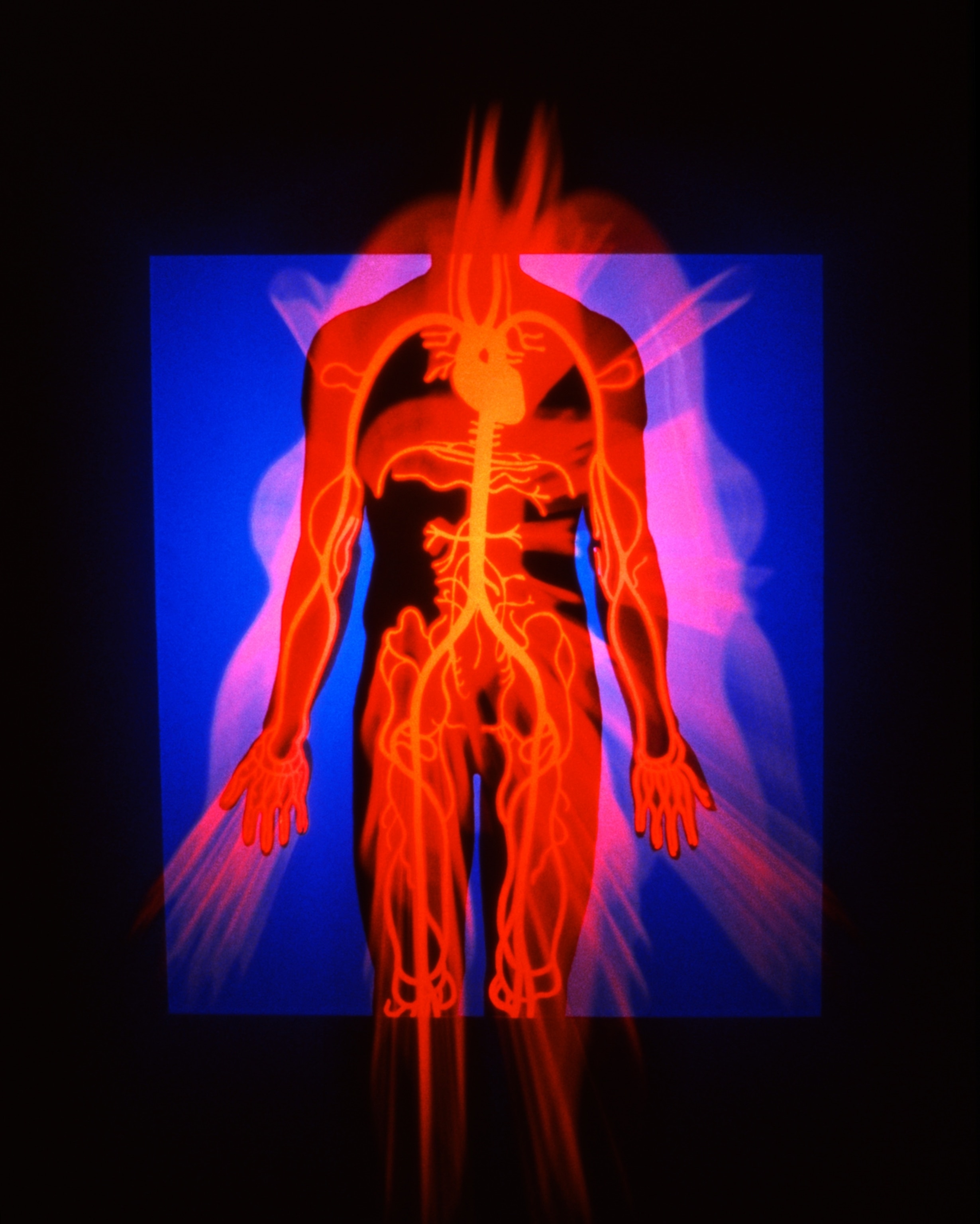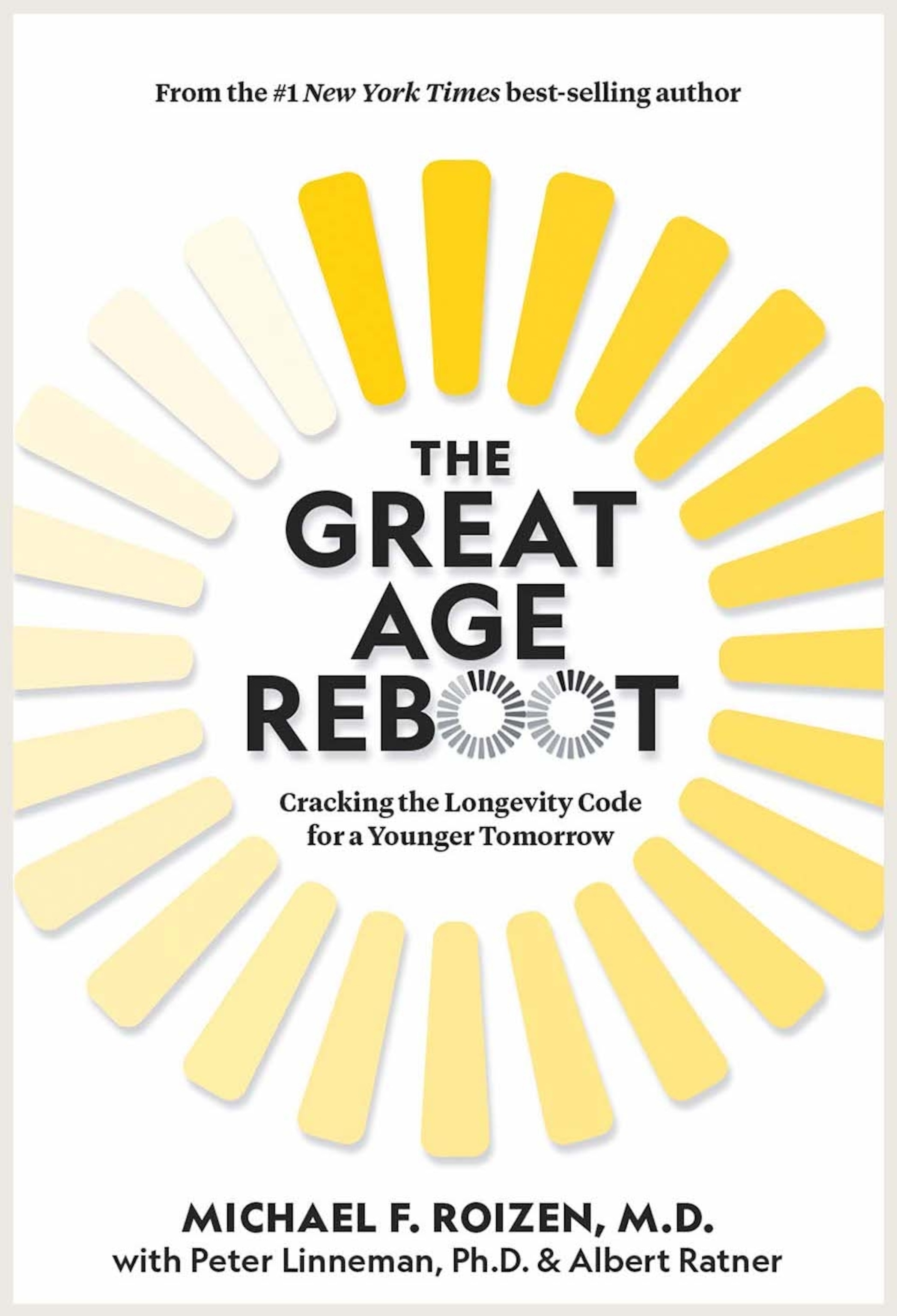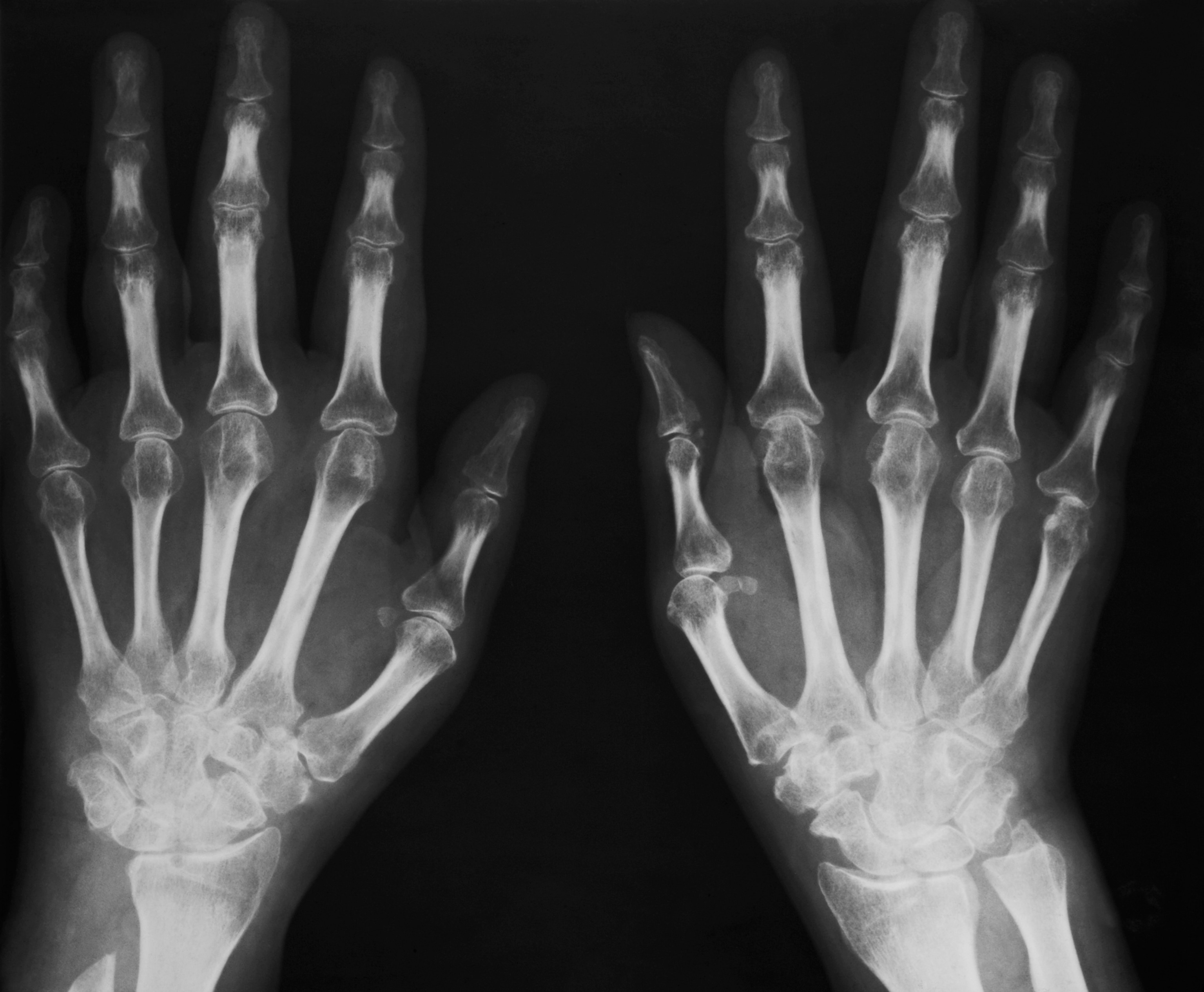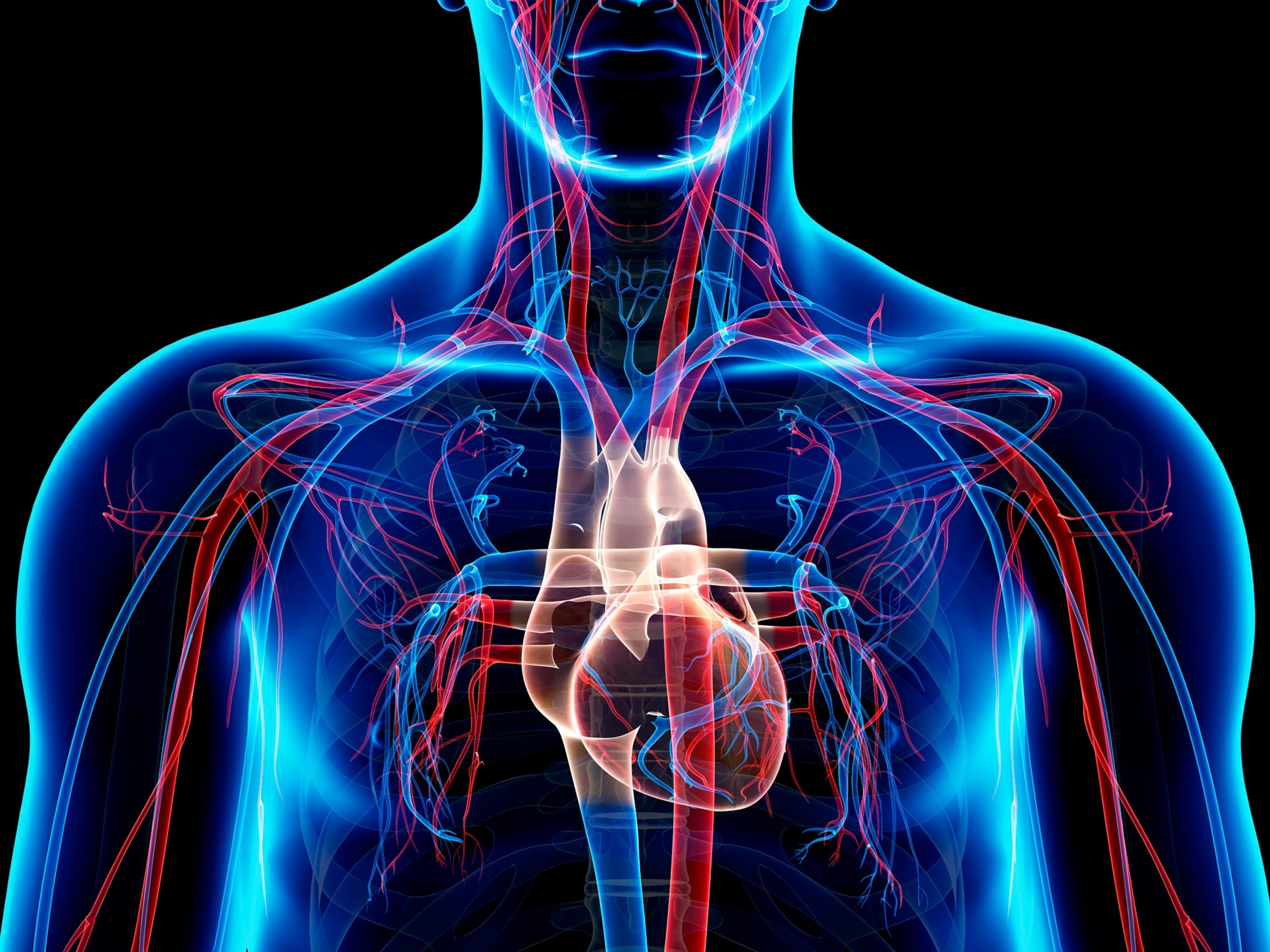
The groundbreaking promise of ‘cellular housekeeping’
Old cells hang around as we age, doing damage to the body. What if we could clean them out?
What if, as you aged, you could make your heart as good as new? Your brain? Every other part of your body that ages? That’s the promise of what lies ahead with one of the major players in the quest for longevity: senolytics.
“Senescence” means the process of growing old, while “lytics” means anti. Senolytics, literally, is anti-growing old.

Senescent cells are bad influences on strong cells; they make them old, like one bad apple can spread rot to a whole bowl. That is why senolytics is so promising: It works by getting rid of the hooligans that turn healthy cells to the dark side.
Reversing aging using the “senolytic hypothesis” has been worked on with increasing intensity since 2008. The basic mission: to use senolytic agents—some synthetic, some natural—to harvest old and damaged cells (called senescent or senile cells) to slow down aging processes.
For example, scientists from the University of California San Francisco continuously infused the blood of young mice into old mice—and found that the old mice functioned as if they were young. One of the effects was that the number of stem cells and their growth factors in the old mice increased. The theory is that senile cells hang around in bodies, increasing in numbers as we age, contributing to inflammation, and, even more destructive, secreting substances that turn neighboring healthy cells senescent.


A youthful promise
One study involving rodents at the Mayo Clinic feels promising for a human future for senolytics. A photo from the study showed two elderly rodents, both the same age, from the same litter, and there were profound differences between them. The one that had aged naturally was shrunken and looked old, while the other, which had had senolytic treatment, had the pep of a cheerleader. The difference was obvious from the outside—and that’s not even accounting for the changes that occurred on the inside.
Other researchers have reported that treatment with senolytics changes the blood so much that older rats getting the blood of young rats essentially morph from 109-week-olds to 30-week-olds. Today, there are promising experiments being done on all sorts of animal body parts with senolytics, from restoring vision to fixing disks in the spine.

But the implications of what senolytics can do for the heart and brain are where the most excitement lies. The heart’s pumping cells require precise timing to most efficiently move blood throughout the body. As we age and our cells become old, that timing can be off, prompting dangerous health effects, such as heart failure or fluid in the lungs. Senolytics offers the promise of overall improvement of the heart by restoring youthful function to the cells that make it work.
In studies by Mayo Clinic researchers, two drugs approved for other uses appear to have a senolytic effect on the heart. Combined, they harvest and get rid of old cells, allowing neighboring cells to return to normal function and improve the heart’s blood-pumping abilities.
Research challenges
One of the big challenges in studying aging is this: Aging is really a cluster of diseases, processes, conditions, and system errors that result in loss of years and loss of quality of life.
Ultimately, of course, death is the end point of aging. But to study any treatment, researchers need a specific end point or marker of success or failure. That’s why treatments like senolytics are studied in conditions like knee arthritis or back pain, or stem cells in heart failure patients; results can be measured in tangible, specific outcomes.
Researchers can’t measure a death point of one person because there’s no way of knowing precisely what the alternative death point would have been with or without the treatment. And to study death for a population, you would have to wait and see if that drug, or treatment, or lifestyle change, like intermittent fasting, really affected the age at which people died—which would take more years to finish than most scientists have.
So, for the time being, there will be some extrapolation happening—for example, if senolytics can work to reverse arthritis, could it be applied to overall aging? Could the senolytic drug that took away knee inflammation and pain be injected into the brain to prevent memory deterioration?
That is the promise of this treatment, which, if it works, could be available after FDA approval sometime around 2026. Add in senolytic treatments for back joints, knee joints, heart and lungs, or brain and eyes, and you could be another 12 years younger before 2030.




